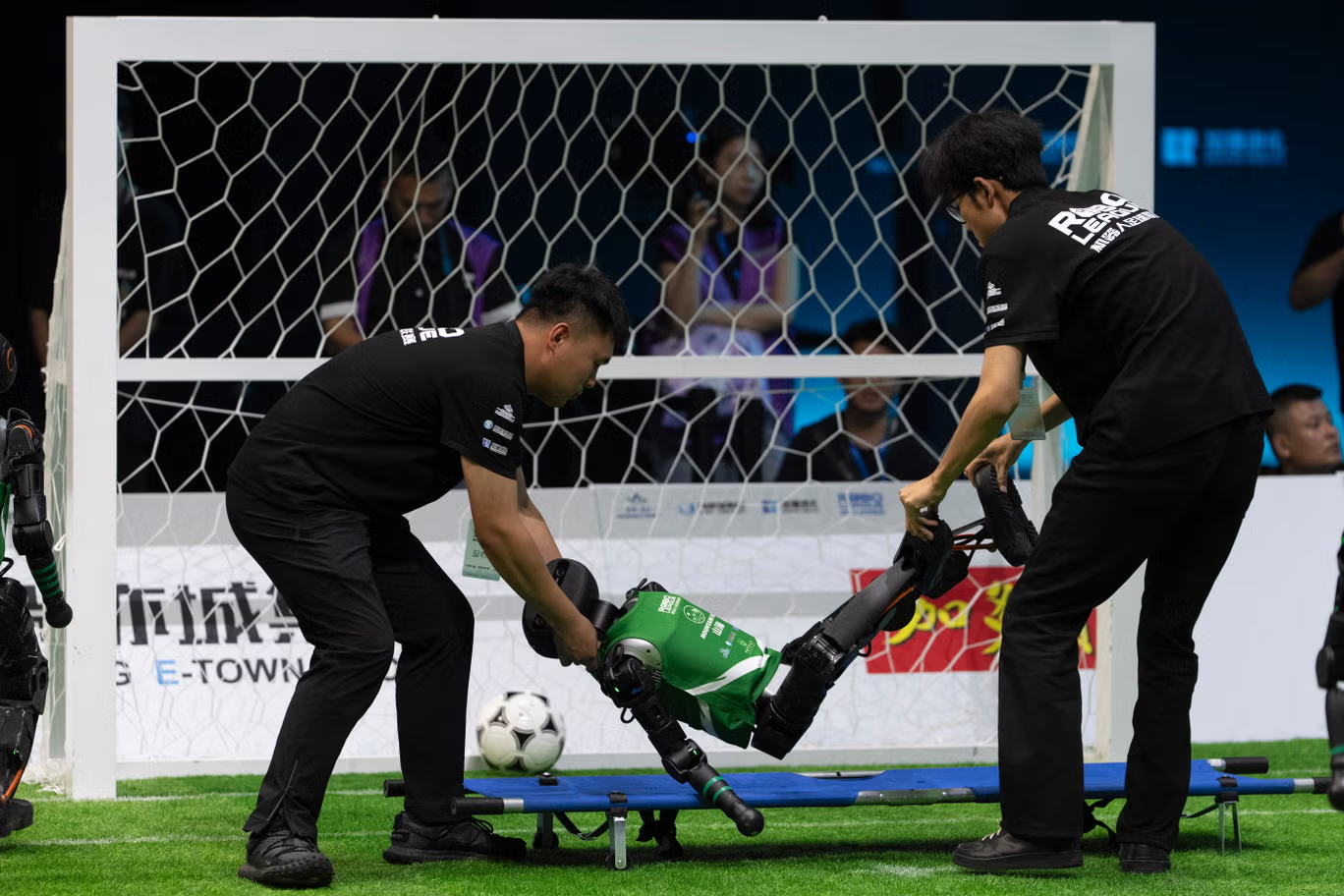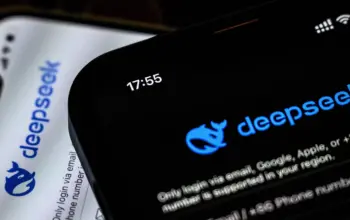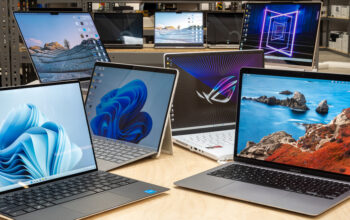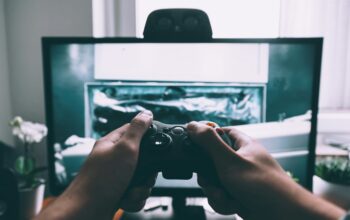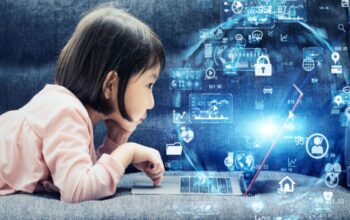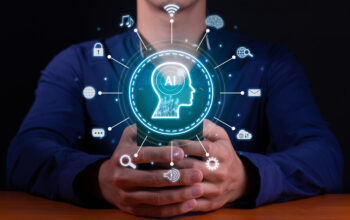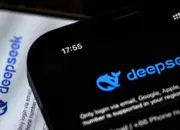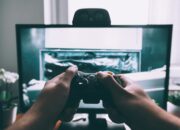With computer science shattering boundaries every second day, there has come into being a new era—humanoid robots kicking soccer independently. Organized in Beijing, China, the record-breaking activity was the first-ever independently autonomous soccer match played by humanoid robots that drew eyeballs from across the globe by business persons working in technology and soccer fans alike.
But this is more than a vision for the future. It is a revolution in the way robots and artificial intelligence are crashing into real physical work—collapsing the walls between machine precision and human intuition.
⚽ A Historic Match: When Machines Become Athletes
Humanoid robots entered the competition in two 3 on 3 teams in June 2025. No external commands, no remote orders. All movements, all passes, and all decisions made by onboard AI systems alone.
✦ The top teams of China Agricultural University and Tsinghua University demonstrated remarkable improvement in robotic coordination, object detection, and adaptive action.
While some of the robots did stumble during the game, they immediately recovered—evidence of how much these robotic motor controls have improved over recent years.

The Technology Behind The Humanoid Robots Action
In order to play autonomously, these robots employ more than canned routines. Each bot possesses:
- 360-degree vision sensors for spatial knowledge and tracking the ball
- Sophisticated balancing systems controlled by integrating gyroscopes and AI learning
- Forecasting algorithms to predict moves of opponents
- Collaborative intelligence to coordinate teams in real-time without speech
✦ With deep reinforcement learning, real-time computation on GPUs, and real-world data, robots such as these enable very sophisticated decision-making as good as tactical human players.
Humanoid Robots More Than Entertainment: Why This Is Important
While fun, this robot soccer also creates the potential for other applications, such as:
- Tactical training for defense and rescue through simulations
- Testing AI collaboration in dynamic real-world environments
- Physical development of AI to learn under uncertain conditions
✦ If robots can dribble, dodge, and defend when under pressure, they may soon be assisting in disaster areas, helping astronauts in space, or being next-generation learning partners.

Are Humanoid Robots The Future of Sports?
And, of course, with this development comes titanic questions—will robot players eventually play alongside, or even supplant, human players? The answer lies in how we accept technology as a part of the fabric of our culture.
✦ In the meantime, it’s clear that these robot-like people will not supplant human players, but instead illustrate what is possible in machine minds within our flesh and blood.
Final Thoughts: More Than Just a Game
This historic match was about something more than robots kicking around a ball—it was a jaw-dropping showcase of just how advanced robots and AI have become. It’s a taste of what’s to come when machines don’t just compute or automate—but think, learn, and do.
As technology becomes more advanced, this match is a metaphorical reminder: the future isn’t just digital—it’s physical, on-the-move, and more human than ever.

